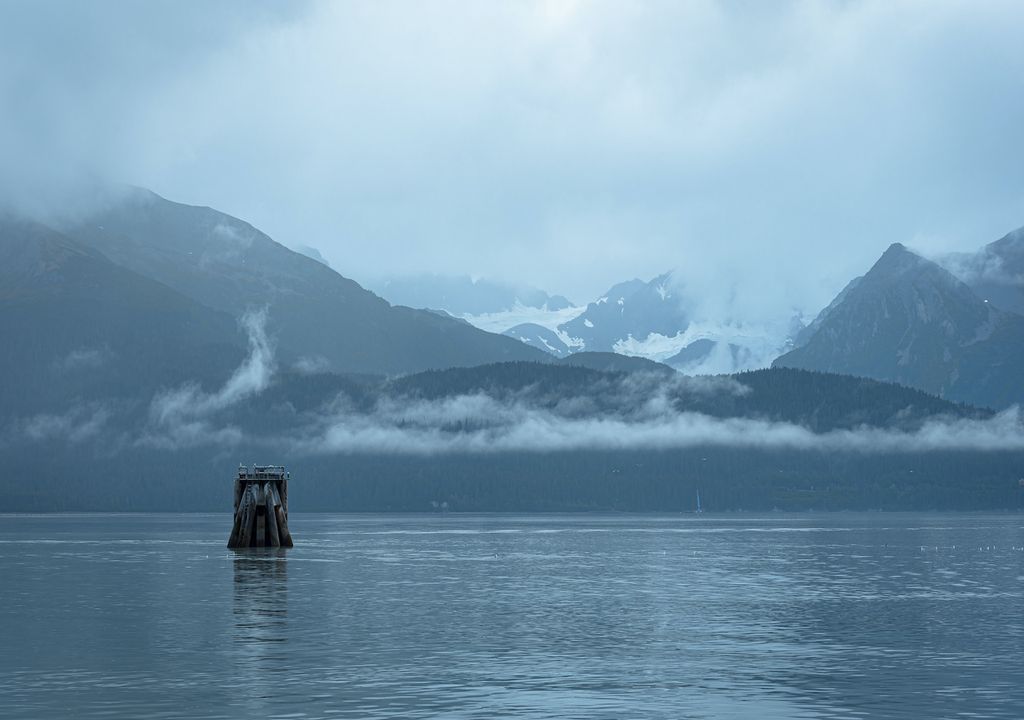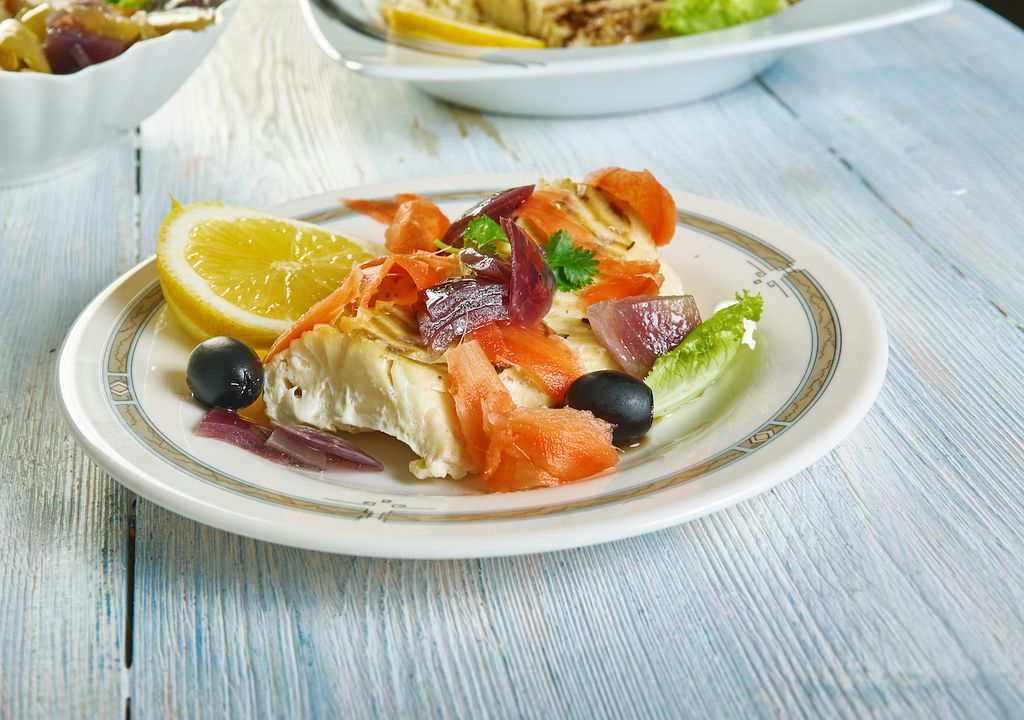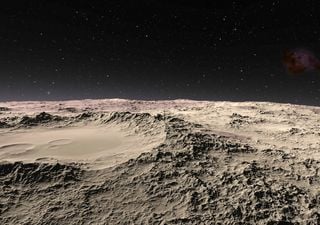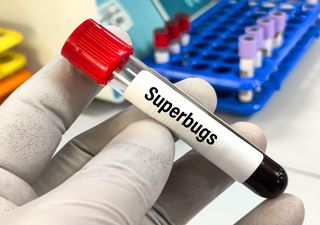Marine heat waves are changing how Pacific cod grow in Alaska
Marine heat waves associated with climate change are changing how Pacific cod grow in the Gulf of Alaska, a new science study shows.

As the climate warms, environmental conditions are being impacted with ocean warming as well as increasingly common and intense marine heat waves. Even subtle changes in temperatures can have big impacts on marine life.
Marine heat waves affect the growth of not only fish, but diverse marine organisms. They are characterised by periods of unusually warm temperatures in the ocean, which are becoming more common, longer lasting and more intense. The numbers of marine heat waves doubled since 1982, according to the National Oceanography Centre (NOC), with the most extreme occurrences in the North Atlantic, Antarctica and in the Mediterranean Sea.
Gulf of Alaska analysis
Scientists united to find out what impact marine heat waves have been having on cod fish populations in the Gulf of Alaska, conducted by researchers at Oregon State University in a collaboration with Alaska Fisheries Science Center.
Ecosystem status reports for three Alaska marine ecosystems are now available. These reports provide a summary of current conditions and trends for the Gulf of Alaska, Aleutian Islands and the Bering Sea. #ClimateChange #Ecosystem #Alaska #AKhttps://t.co/F3kjvCh8hK pic.twitter.com/O6v8aTpC7y
— NOAA Fisheries AK (@NOAAFisheriesAK) December 15, 2023
In their study published recently in Elementa Science of the Anthropocene, the authors unravelled the relationship of temperature on fish size and growth in the region’s wild marine areas. They quantified how temperature corresponds to the timing of hatchlings, as well as the size and growth of the Pacific cod (Gadus macrocephalu) population in the Gulf of Alaska. The juveniles’ age and growth progress through time was quantified using a method called otolith structural analysis.
Till now, it has been known the populations have been affected by recent marine heat waves, but to what degree was less clear. After collecting juveniles near Kodiak Island in Alaska, over just more than a decade, some answers come to light about what was going on before, during and after each marine heat wave.
How the fish were affected
As the scientists monitored the fish closely, they noticed their hatching was happening earlier during the marine heat waves, by about 14 days. Between the marine heat waves, it was happening about 26 days earlier, which is an even stronger change.
It may be possible to question whether there were other factors at play, but the researchers reported that a large portion was evidently attributed to warmer temperatures while the hatchlings were incubated. The size of the juvenile fish seemed to be larger before marine heat waves and between them, but this could relate to factors like epigenetics.
Climate crisis conclusions
The team concluded that marine heat waves appear to be causing the earlier reproduction of Pacific cod, as well as larger deaths in the early stages of the juvenile fish. The timing of the spawn may be closely correlated with warming temperatures which are associated with climate change, they suggest. Other factors like size and growth should be investigated further.
What is most striking is how habitats are changing because of human-induced climate change, much faster than species can adapt. While these observations of the changed hatchings of the cod may seem small-scale now, as marine ecologies are all interconnected, we do not fully know the long-term repercussions.

What we do know is that the impacts of marine heat waves will be important to understand and address as they have already been known to cause harmful algal blooms, seagrass dieback, spreading disease, coral bleaching and changing fish populations.
Here in the UK, cod from the North Sea has been dwindling in recent years, putting more reliance on overseas supplies. The Marine Stewardship Council approved cod in the UK comprises both Atlantic and Pacific cod, which make up for a shortfall of North Sea fish. Changes to how fish grow in the wild may not only affect not only nature, but global food supplies.








